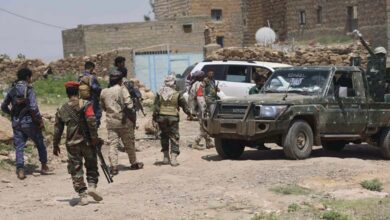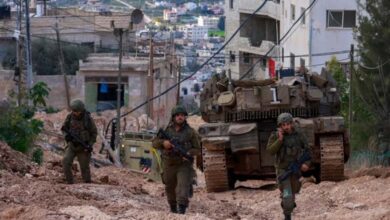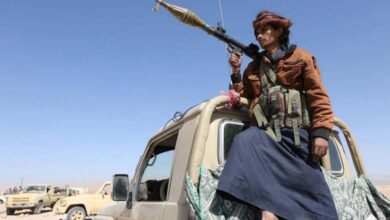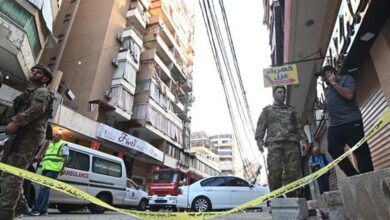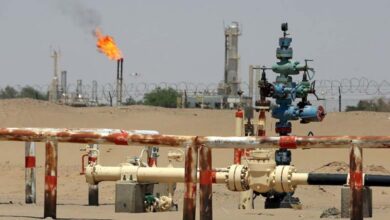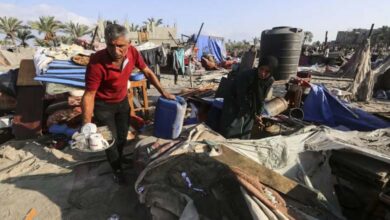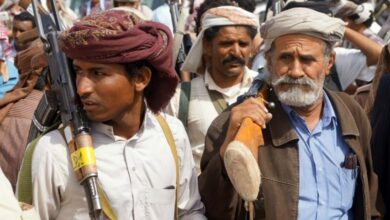The Fire of Loss in the Gaza War: No Bodies, No News
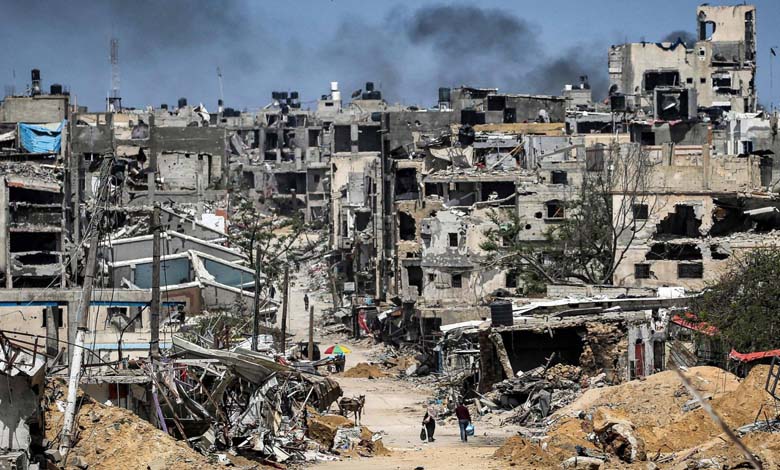
In Gaza, death does not only take lives — it leaves behind a haunting void called loss. Entire families wander among the ruins, searching for loved ones who vanished without a trace.
Two years into the war that began after Hamas’s attack on October 7, 2023, death itself is no longer the only fear for Gaza’s residents. The agony of searching for the missing has become an even deeper wound.
-
Two years into the Gaza war, Israel has gone from international sympathy to global isolation
-
Two Years of War in Gaza: How Destruction Spread Like Wildfire
A report from the Associated Press highlights thousands of families living in anguish, waiting for any clue about their missing relatives — under the rubble or perhaps in Israeli prisons — with no structured system for tracing or identification. DNA testing, a basic tool elsewhere, has become an impossible luxury in a besieged territory.
One of these stories is that of Mohammed al-Najjar. One night in December 2023, as he fled bombardment in southern Gaza with his wife and six children, his 23-year-old son Ahmad disappeared in the chaos. Two years later, the family still has no answers. “It’s as if the earth swallowed him,” Mohammed says from his tent in Al-Mawasi, their ninth place of displacement. “Is he dead? Is he imprisoned? We are lost. Everything hurts.”
-
900,000 Displaced: Israel’s Account of Civilians Fleeing Gaza City Southward
-
Curfew and Clashes: Hamas Attacks the al‑Majayda Family in Gaza, Deepening Residents’ Suffering
Thousands of others share his suffering. Some were buried under destroyed buildings; others, like Ahmad, simply vanished during Israeli operations. “No one knows the exact number of missing persons,” admits Kathryne Bomberger, Director-General of the International Commission on Missing Persons.
According to Gaza’s Health Ministry, around 6,000 people remain buried beneath the rubble — though officials believe the true number is much higher, as entire families were killed in single airstrikes, leaving no one to report the missing. The International Red Cross lists at least 7,000 unresolved cases, not including those presumed dead under debris.
-
Dangerous Combat Zone: Israel Warns Gaza Residents Against Returning
-
Heavy Bombardment: Israeli Fire Defies Trump in Gaza
Hundreds have also disappeared during mass arrests at Israeli checkpoints or raids without family notification. Witnesses describe bodies left in the streets during ground incursions, and Palestinians shot when they approached too close to military zones.
Bomberger explains that identifying victims requires advanced DNA technology, family samples, and aerial imagery to locate burial sites and mass graves. Yet Israel has blocked the import of genetic testing materials into Gaza. “Finding the missing is the responsibility of the occupying power — in this case, Israel,” she emphasizes. “It depends entirely on the political will to act.”
-
Gaza Residents Back Trump’s Plan and Shout at Hamas: Enough
-
Gaza on the fire of waiting… Is a “crescent” of truce appearing on the horizon?
For Fadwa al-Ghalbān, the pain is unbearable. Her 27-year-old son Musab disappeared in July 2024 while fetching food in Khan Younis. Relatives saw him lying motionless near Israeli troops but could not approach. When they returned, his body was gone — only his sandals remained. “There is fire in my heart,” she says. “Even if he were buried, it would be less painful than this torment.”
Human rights organizations accuse Israel of “forcibly disappearing” hundreds of Palestinians from Gaza, detaining them without charges or trials, often denying family contact. According to the Israeli NGO HaMoked, as of September 2025, 2,662 Gaza residents were held in Israeli prisons, plus hundreds more in military facilities where torture and abuse have been documented.
Amid the devastation, families search with their bare hands through the rubble for remains of their loved ones. Khaled Nassar lost his daughter Dalia and son Mahmoud in separate airstrikes — Dalia buried under their home in Jabaliya, Mahmoud killed during a temporary truce in January 2025. “If there’s another ceasefire,” says his wife Khadra, “I’ll go back to dig again. Even if I find only a ring or a bone, I’ll bury it and say: this was my son.”


